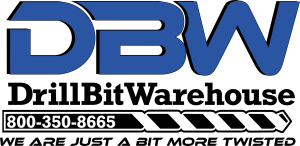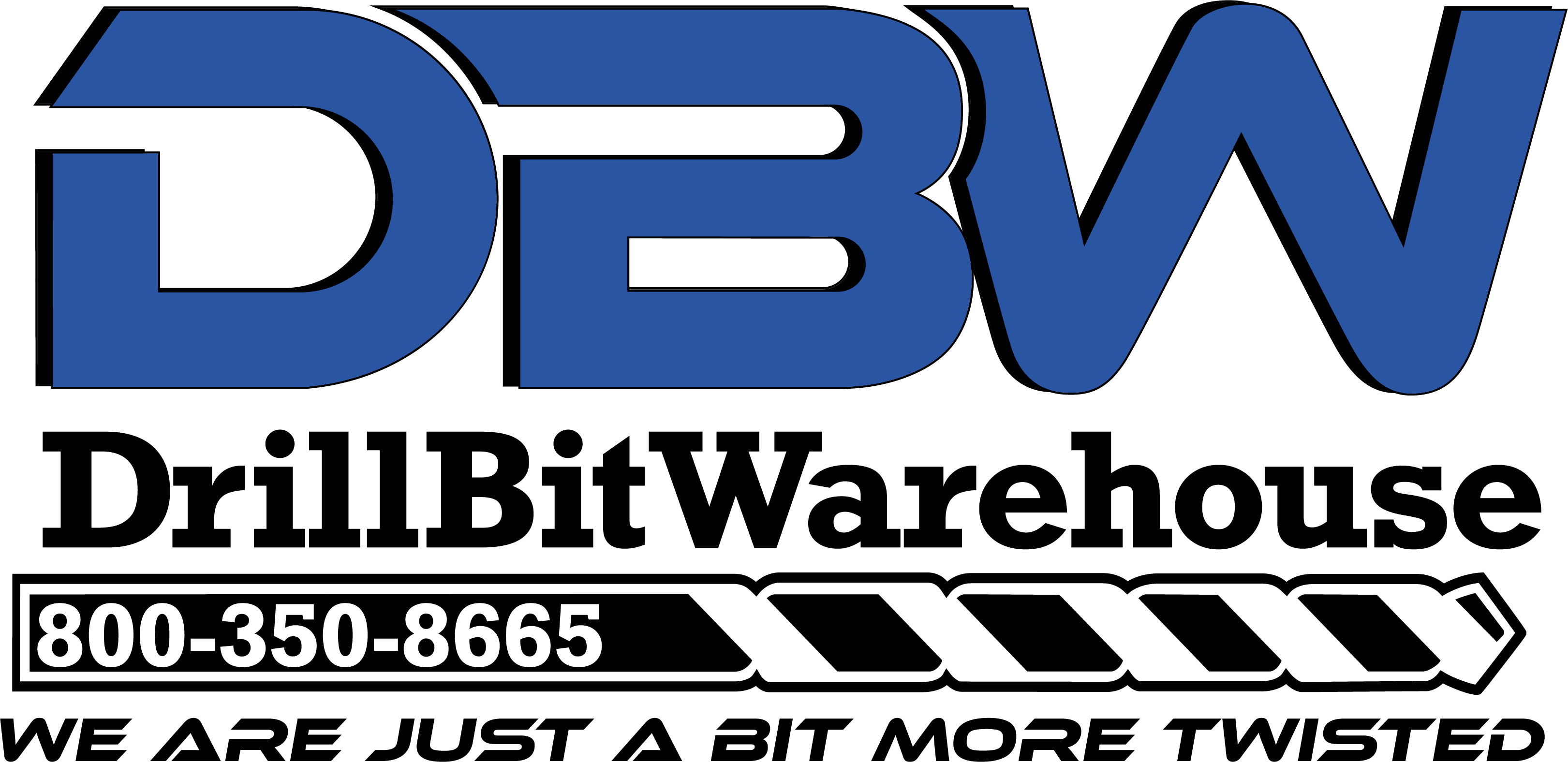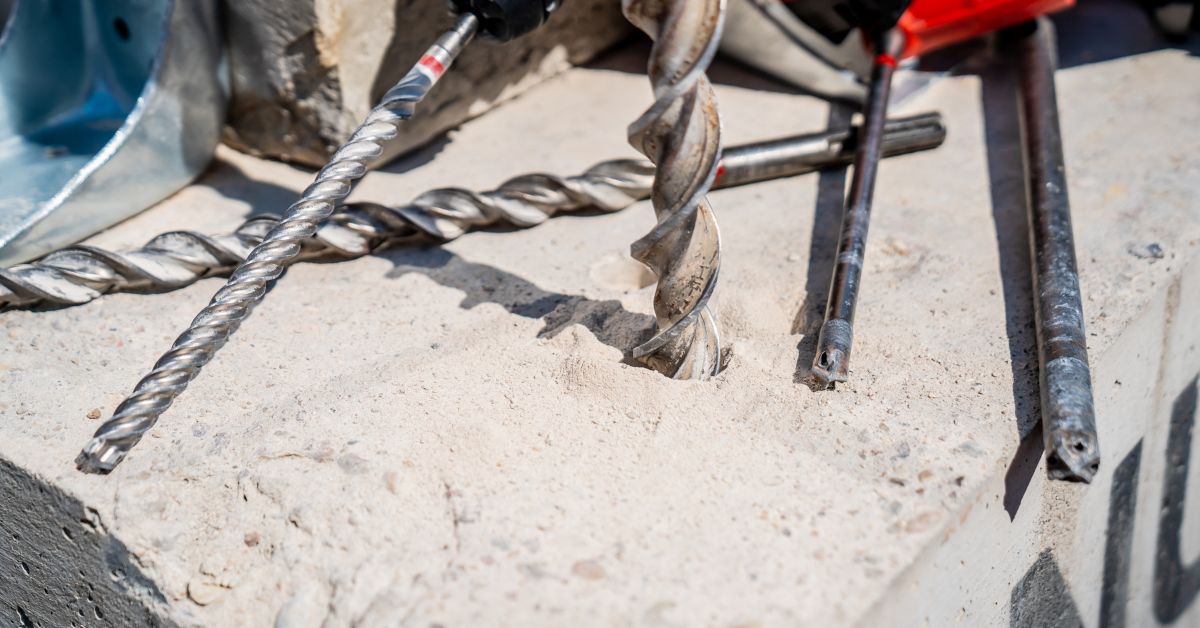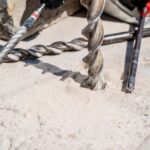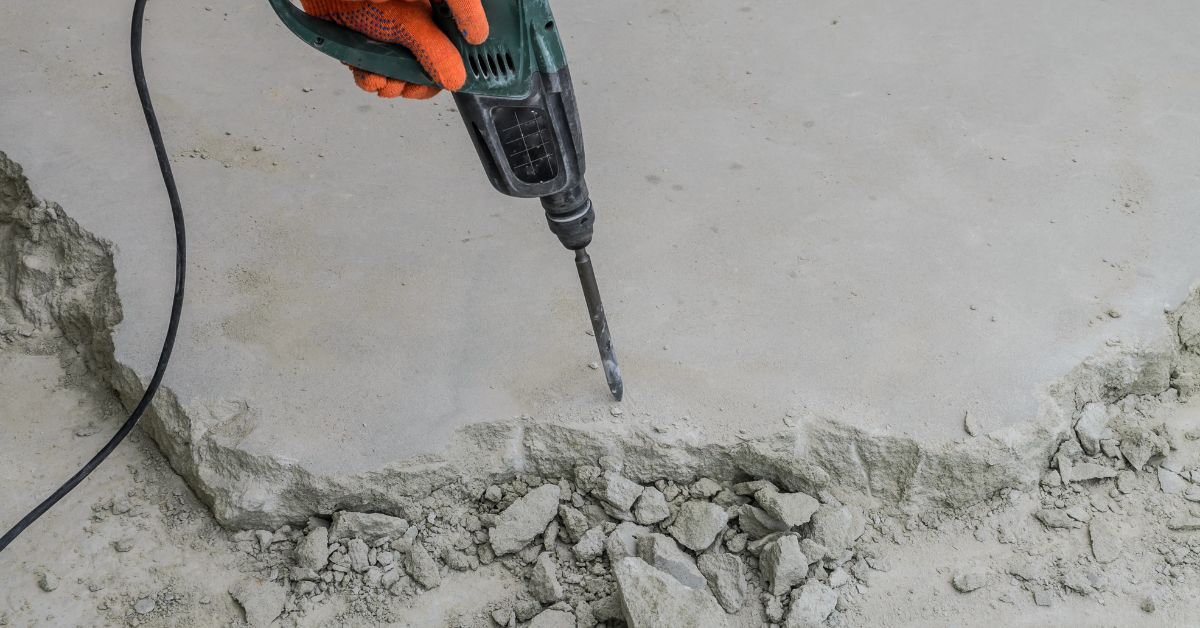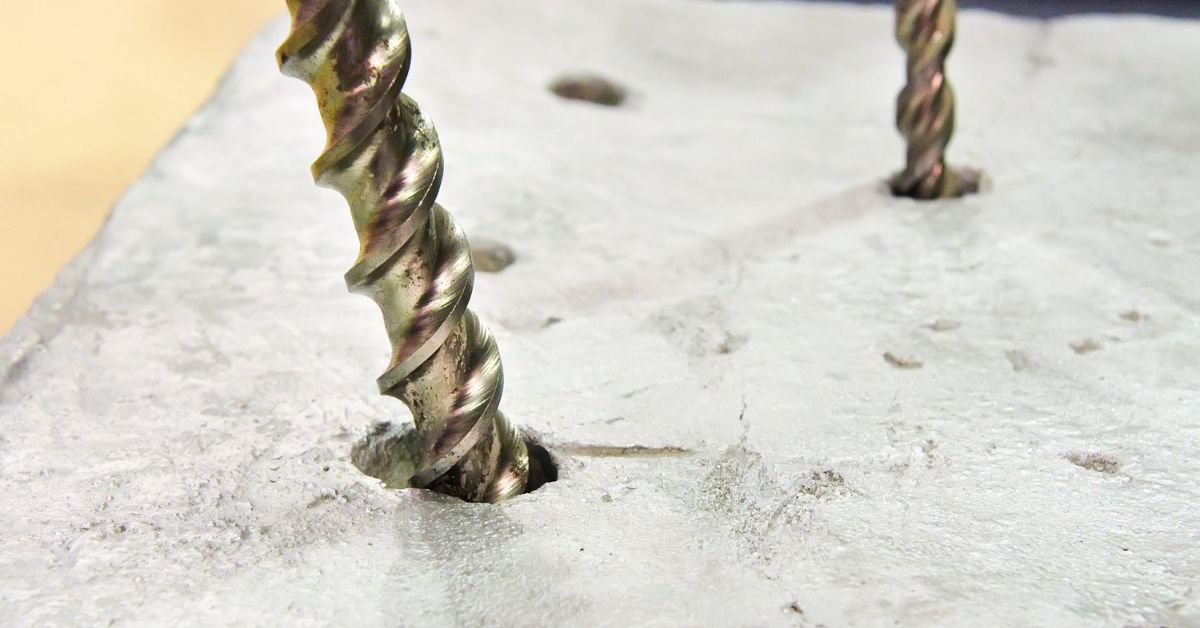Drilling a straight hole into a flat surface is a relatively simple task for construction, woodworking, and metalworking projects. However, drilling into a curved surface can be more of a challenge. Curves can make the drill bit wander, making it harder to achieve the level of precision that you need.
While this task may seem frustrating, you can accomplish it with these helpful tips for drilling straight holes in curved surfaces. Review the following methods to get results that will leave customers happy with your work.
Consider the Material You’re Working With
Before you start drilling, it’s important to consider the material that you will be drilling. Different materials have varied textures, densities, and resistance to force, meaning each requires a particular bit.
Before you drill, evaluate the material’s hardness and surface characteristics, and select a drill bit specifically suited for the job. For example, if you use the wrong drill bit for metal, you may risk dulling the bit. If you use the wrong one on plastic, you may cause damage and crack the material.
Taking time to match the bit and material gives you a smoother operating experience and prevents unnecessary frustration later. Maximizing efficiency in this step means understanding the compatibility between the tool and the piece you’re drilling.
Perform Practice Runs Before Drilling
You may feel the temptation to jump right and begin drilling your curved surface without any additional preparation. However, if you skip the step of performing practice runs, you may make mistakes you will regret later. Practice drills allow you to refine your technique before applying it to your actual workpiece. Practicing with a scrap piece of material similar to the curved object you will be working on can provide you with valuable insight. It can also familiarize you with how the drill behaves against a sloping surface.
Observe whether the drill bit skips or wobbles, and practice stabilizing it until you establish a consistent method. A careful practice session makes you more confident when transitioning to the final material.
Secure Your Workpiece
Another helpful tip for drilling straight holes in curved surfaces is to ensure you have properly stabilized your material. If you leave the workpiece in a position where it can easily move, you will increase the likelihood of crooked holes.
For example, try using a V-block to drill cylindrical materials. Manufacturers build these grooved supports to hold rounded objects securely in place. You can also clamp a curved workpiece onto a flat surface to eliminate any unnecessary motion that may throw off alignment. Powerful clamps with soft padding, such as rubber, prevent damage to the surface while securing cylindrical materials, such as pipes or rods.
However, verify that the clamped section aligns with the planned drilling points as you use stable vices or blocks. Alignment precision sets the foundation for successful results, so positioning is crucial. Investing your energy in securing your materials properly will pay you dividends throughout the process.
Ensure Your Drill Press Is Level
Properly leveling your drill press is another essential step you should not overlook if you want consistent and professional results. An uneven drill press can lead to inaccuracies, causing drilled holes to be tilted or off-center, which may compromise the integrity of your project.
Use a leveling tool to check multiple points on the drill press table and base to ensure it is perfectly horizontal. This attention to detail helps eliminate the risk of defects caused by imprecise drilling. You will also set the stage for a seamless workflow and ensure that the quality of your work matches your highest expectations.
Put On Safety Goggles
Safety should always come first when working with power tools, and safety goggles are an essential part of your protective gear. Drilling creates debris, dust, and sometimes small metal or concrete fragments that can become airborne. You can avoid experiencing eye injuries by taking the proper precautions.
Choose goggles that fit comfortably and provide you with protection from multiple angles. Equally important is ensuring that your goggles are clean and free of any scratches or residue obstructing your vision. Compromised visibility can lead to mistakes during your project and an unsafe working environment. Making goggles a nonnegotiable part of your routine enhances your confidence and reinforces your commitment to safety with every project you tackle.
Create Hole and Center Line Marks
Adding pilot hole and center line marks can help you maintain precision when drilling on a curved surface. You can mark on the workpiece where you plan to make the hole with a pencil or a pen. In addition, you can use a chamfering drill to create a pilot indentation at your drilling spot.
This shallow notch stabilizes the bit, increasing accuracy when transitioning into the main drilling process. The indentation also prevents the drill from slipping off the rounded surface. Remember, precise markings lay the groundwork for flawless results.
If you are working on a workpiece with a long cylinder shape and plan to make several holes, consider drawing a center line to guide you as you drill holes and ensure everything stays balanced. With a straight edge, you can draw a line that will allow you to align the holes precisely.
Working deliberately and double-checking your measurements can save time and effort in the long run by eliminating errors that could compromise your project. This attention to detail enhances the quality of your work and boosts your confidence since you will know that you executed each step with care.
Double-Check Your Hole With the Bit
Progressing with the wrong-sized hole results in poorly fitted screws, bolts, or fasteners. You can keep precision at the forefront by double-checking the width and depth against the bit you will use.
Confirm the accuracy of your measurements by using calipers or rulers. You can also pause the drilling process and ensure that the bit fits securely in the hole. This will allow you to confirm that you are completing the process correctly. By monitoring your progress, you are less likely to discover mistakes later.
Although drilling straight holes into curved surfaces can be frustrating, you can conquer this challenge by using these tips. You can also ensure quality work by utilizing products from Drill Bit Warehouse. We offer products such as concrete rebar drill bits that will empower you to handle curved surfaces with ease.

